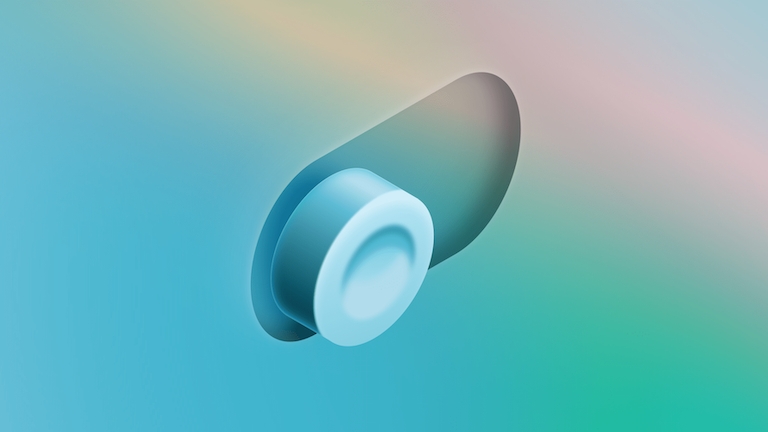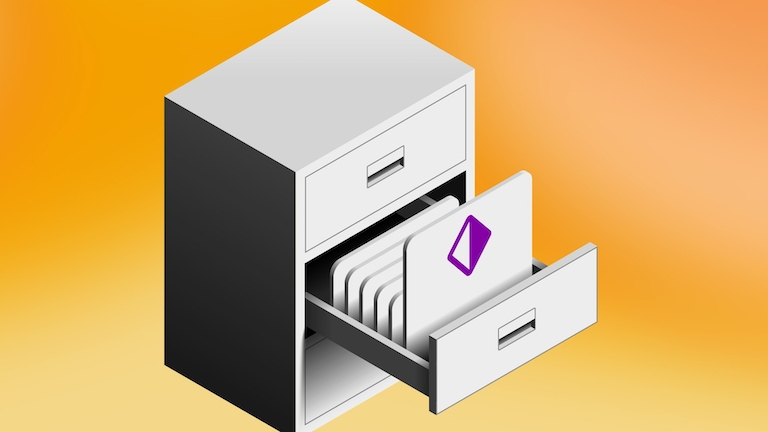6 tips for creating your presentations in Sketch
Everything from ready-made templates to auto-linking Artboards
Author
You know we’ve got you with product design, but did you know you can also use Sketch to design presentations? You can even play your presentations right in Sketch or share them using a prototype link. Plus, you get to use your existing components to make sure it’s on brand.
Let’s take a look at some tips to get you started 👇
1. Kickstart your presentation with a template
Don’t let the blank page scare you! We’ve got some fancy presentation templates to get you started. You can swap out whatever you need — from Text Styles to Color Variables — to make them feel uniquely yours.
Of course, you can also create your own bespoke templates and components. Simply set up a few Artboards and check the Template box in the Inspector. This way, you’ll be able to repurpose them instead of building each slide from scratch. You can access your Artboard templates via the Components window (C) and the Artboard menu (A).
You can also create reusable components using Symbols — which are handy for repeating elements like headers.

2. Use auto linking to build your presentation
A quick and simple way to create a sequence of slides is by selecting each slide and choosing Prototype > Auto Link to Right Artboard from the menu. This will automatically link every Artboard to the one to its right.
You can also link to slides to the left or below your selected Artboard, if you prefer. For example, if you want to build your presentation from right to left instead, you can adjust the direction of the auto links through the Artboard Export setting in Settings > Layers.
3. Share your presentation with a link
Sharing your presentation is as easy as creating a shareable prototype link. This way, everyone with a link will be able to check out your slides. You can grab the link from the prototype’s Preview window on the Mac app. Simply tap on in the top-right corner of the window. From there, you can copy a link to the prototype to your clipboard or choose any other option in the menu. In the web app, you can copy the link through the document’s Prototype view.
4. Bring in feedback with comments
Comments are a great tool for gathering feedback. You can use them to add more context and information for reviewers. For example, you might use comments to highlight key points, leave additional details, or offer clarifications on complex topics.
At the same time, stakeholders can use comments to share their feedback without directly editing your design. The best part? Commenting works both on the web and Mac app, regardless of the user. All you have to do is press N, and you’re ready to comment! Just be mindful that they’ll need a link to the document itself, as our prototype player doesn’t support comments.
5. Highlight your best iterations
After feedback comes revisions and iterations, but don’t worry! With version controls, you can make sure your presentation is always putting its best foot forward. Just star the version you’d like people to see by choosing File > Save and Star in the Mac app or by hovering over the version and clicking on the star icon in the web app. You can even add a small description if you’d like to give it some extra context.
At the same time, you’ll still be able to browse through your version history, helping you keep track of your presentation’s evolution. This way, you can access previous versions of your project whenever you need to.
6. Think outside the Artboard
Your Canvas is infinite, so make sure you’re getting the most out of it. In fact, the space around your Artboards can become prime real estate for collaboration — or even to help you fight off stage fright. You can add some out-of-Artboard elements to include notes or instructions for yourself or your team. And why not grab some sticky notes from our Kanban Board template while you’re at it? But don’t worry. Nothing you add outside your Artboards will be visible when you play the presentation.
And there you have it. We hope these tips have given you the inspiration you need to start working on your next presentation. You’ve got this!


